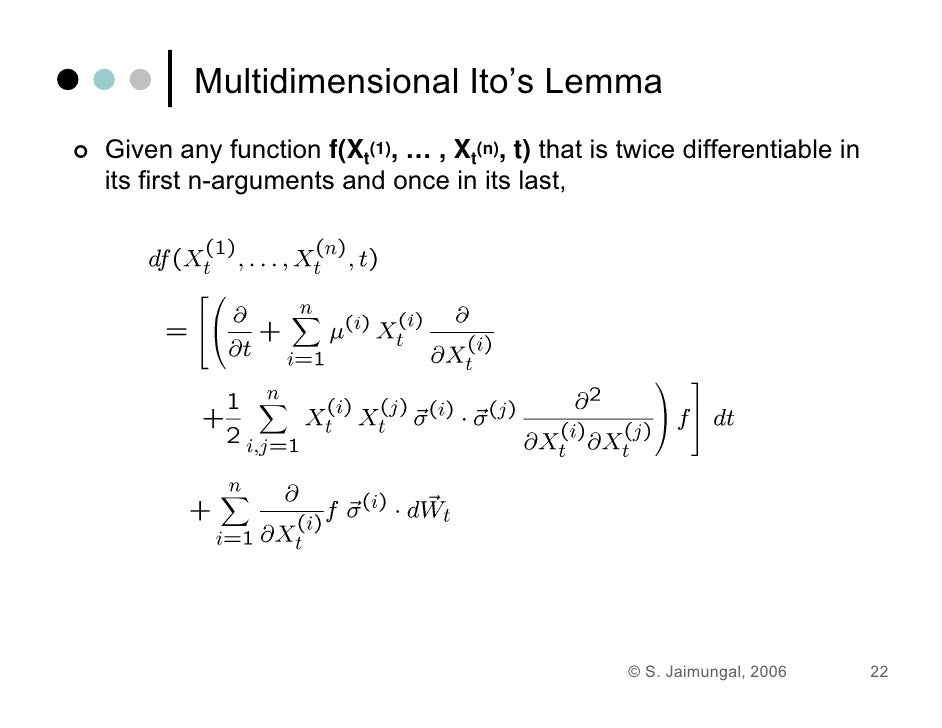

You are strongly advised to ensure that coursework is submitted by the relevant deadline. The University policy statement on penalties for late submission can be found at:


The Filtering Equations (well-posedness, the innovation process, the Kalman-Bucy filter)Ħ. Stochastic Filtering (definition, mathematical model for the signal process and the observation process)ĥ. Stochastic Differential Equations (well posedness, linear SDEs, the Ornstein-Uhlenbeck process, Girsanov's Theorem)Ĥ. Stochastic Calculus (Ito’s isometry, chain rule, integration by parts)ģ. It is a mathematical term and is closely related to randomness and probabilistic and can be contrasted to the idea of deterministic. Martingales on Continuous Time (Doob Meyer decomposition, L_p bounds, Brownian motion, exponential martingales, semi-martingales, local martingales, Novikov’s condition)Ģ. Stochastic refers to a variable process where the outcome involves some randomness and has some uncertainty. Stochastic Calculus with Applications to non-Linear Filtering Module aimsġ. The core of the book covers stochastic calculus, including stochastic differential equations, the relationship to partial differential equations, numerical. Facewall PhD 1st Year - Cohort 2020 / 2021.Postgraduate degrees and course information.Undergraduate JMC: degree and course information The following notes aim to provide a very informal introduction to Stochastic Calculus, and especially to the It integral and some of its applications.It is widely used as a mathematical model of systems and phenomena that appear to vary in a random manner. Undergraduate Computing: degree and course information A stochastic process is a probability model describing a collection of time-ordered random variables that represent the possible sample paths.MRes Artificial Intelligence and Machine Learning.MSc in Computing (Specialisms) regulations.MSc in Computing (Visual Computing and Robotics).MSc in Computing (Software Engineering).MSc in Computing (Security and Reliability).MSc in Computing (Management and Finance).MSc in Computing (Artificial Intelligence and Machine Learning).MSc Artificial Intelligence regulations.BEng/MEng Joint Mathematics and Computer Science.Equality, Diversity and Culture Committee.I am new to stochastic calculus and know almost nothing. The equation describes the stochastic motion of a particle in a harmonic potential. Search Imperial Search Department of Computing Section Navigation How do I solve the following simple stochastic differential equation: m x t + x t + k x t ( 2 k b T / ) t here t is Brownian motion, i.e.


 0 kommentar(er)
0 kommentar(er)
